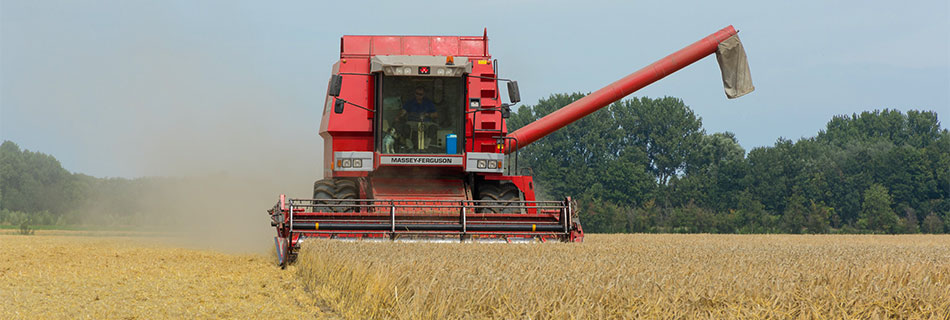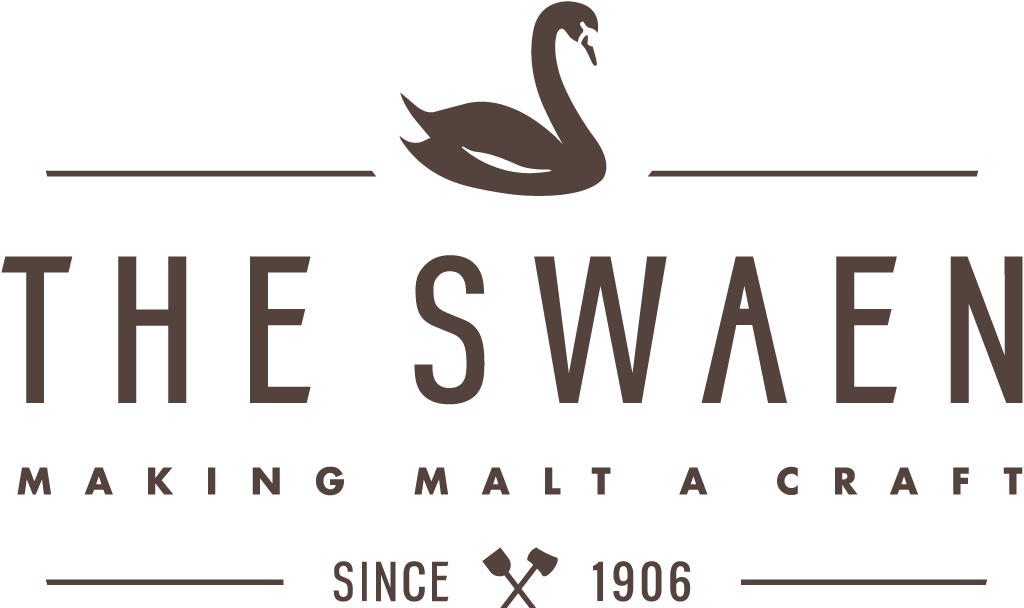The Swaen – and any other malthouse – is nothing without top-quality raw materials. That’s why we actively maintain strong connections across the globe to secure the finest grains, including partnerships with local farmers from the southwest of the Netherlands.
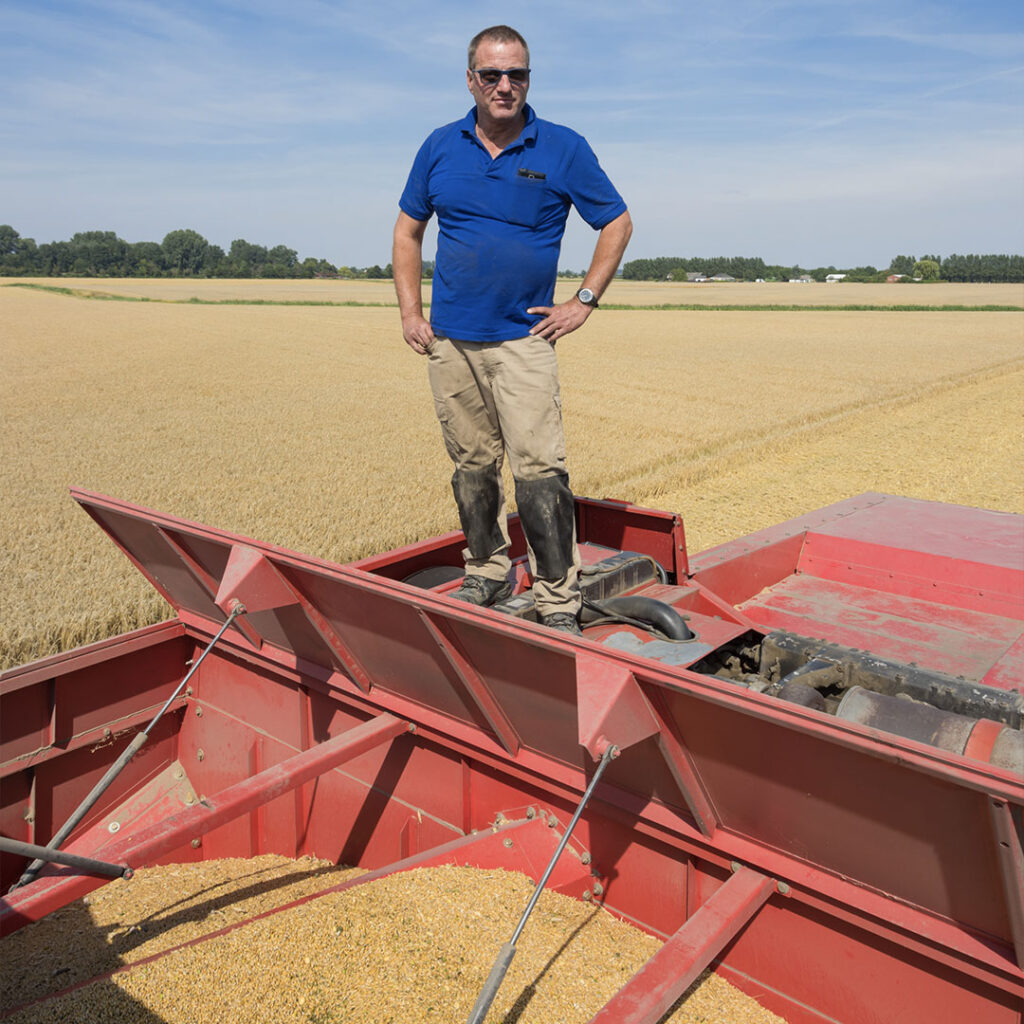
Growing The Swaen – Dutch farmers
Since 2001, our malthouse in Kloosterzande has collaborated with top-tier local growers. The goal of this partnership is to continuously enhance barley crop quality while creating an optimal supply chain structure. As a result of this collaboration, Growing The Swaen was established, focusing on sustainable agriculture.
By consistently securing high-quality raw materials, we ensure that our malt delivers the best beer possible. Currently, 30 to 40 dedicated farmers cultivate barley for The Swaen on 200 to 300 hectares annually, with an impressive average yield of 8 tons per hectare. Thanks to this partnership, we can meticulously trace quality at every production stage. Additionally, we store all barley separately – by variety, by region, and by supplier – guaranteeing a constant supply of premium malting barley.
Benefits of this cooperation
The advantages of Growing The Swaen are numerous. Beyond the superior quality and traceability, the sustainability benefits are significant. Since our farmers are located close to our malthouse, transportation distances are minimized, leading to a substantial reduction in CO2 emissions. Furthermore, our commitment to sustainable agriculture optimizes soil fertility and promotes biodiversity. In doing so, we ensure our malt remains future-ready!
Our farmers are top growers
We greatly appreciate your interest in The Swaen and would be delighted to welcome you as one of our valued top growers. Our specific requirements for barley and wheat are outlined below. If you meet our standards, we encourage you to get in touch and explore the opportunities we offer.
Spring barley
Protein 9.5% – 11%
Moisture 13% – 14.5%
> 2.5mm kernels > 90%
Winter barley
Protein 9.5% – 11.5%
Moisture 13% – 14.5%
> 2.5mm kernels > 90%
Wheat
Protein 9.5% – 12.5%
Moisture 12% – 14.5%
> 2.5mm kernels > 90%
By-products for farmers
At The Swaen, we believe in creating value beyond malt production. Our malting process generates valuable by-products that can be utilized in various industries, such as animal feed and biogas production. Subject to availability.
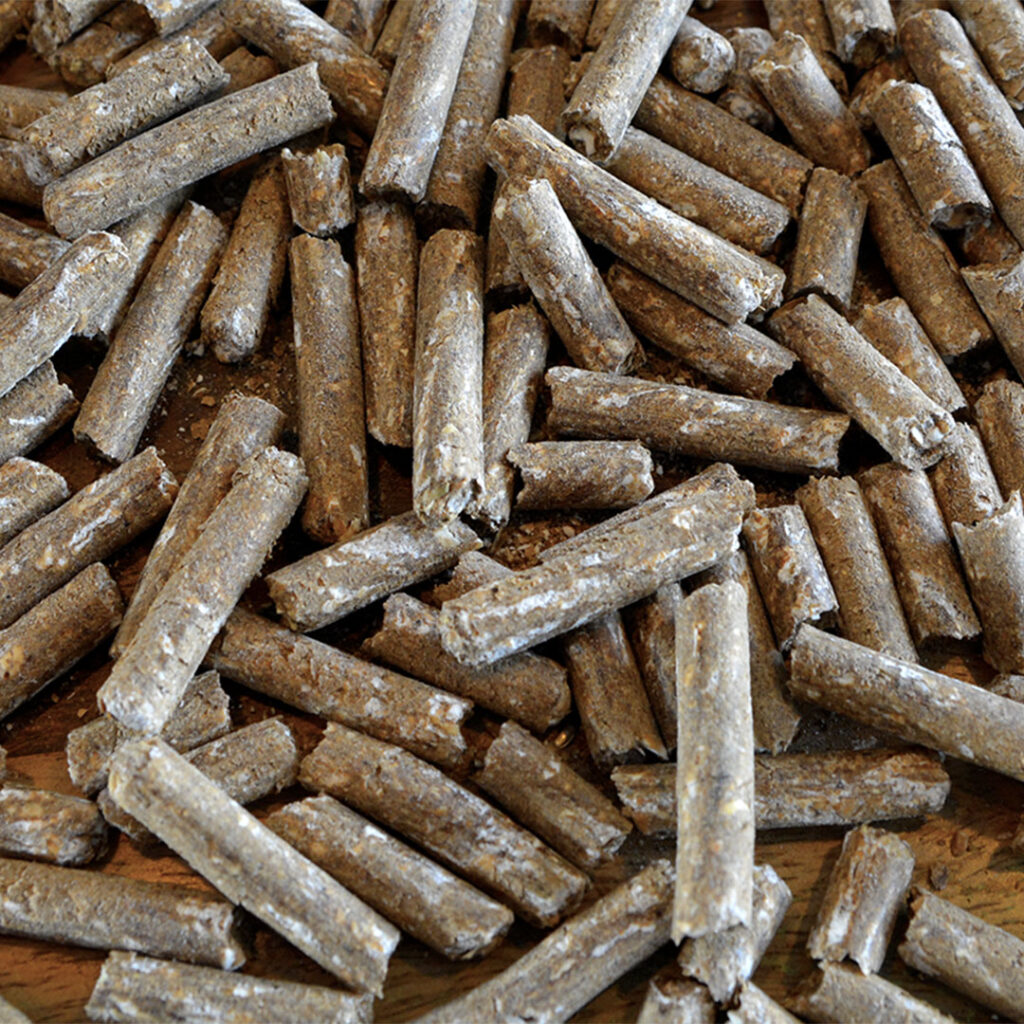
Malting pellets
During germination, kernels develop rootlets that are not useful for brewing. These rootlets, however, are perfect for animal feed. We press them together with malt dust, crushed malt, and malt chaff to create nutrient-rich malting pellets.
Protein 20% – 30%
Fat 1% – 3%
Water 5% – 10%
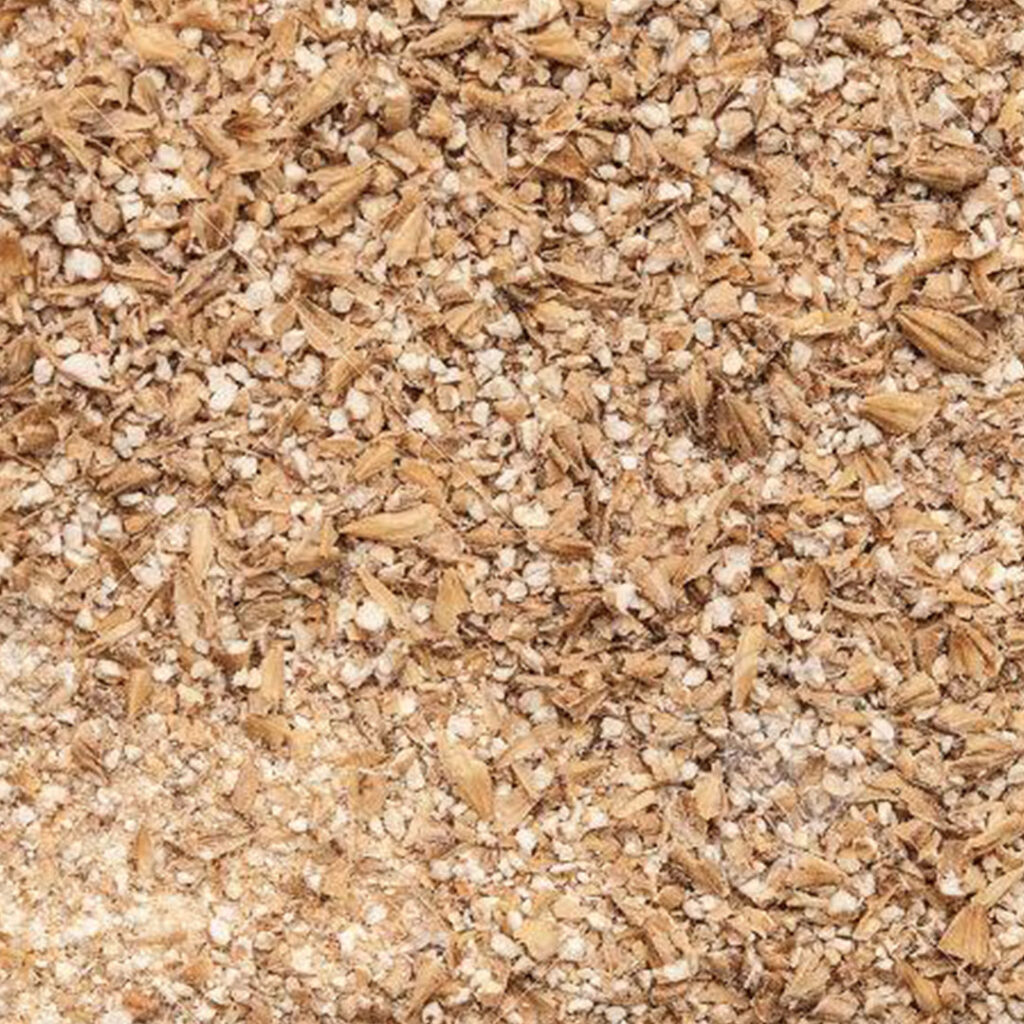
Screenings
Smaller kernels (less than Ø2mm) are unsuitable for brewing and distilling; therefore, we remove them from the malting process. However, they are ideal for animal feed, offering a slightly higher protein content compared to the kernels used for malting.
Protein 10% – 12%
Fat 3%
Water 12% – 17%
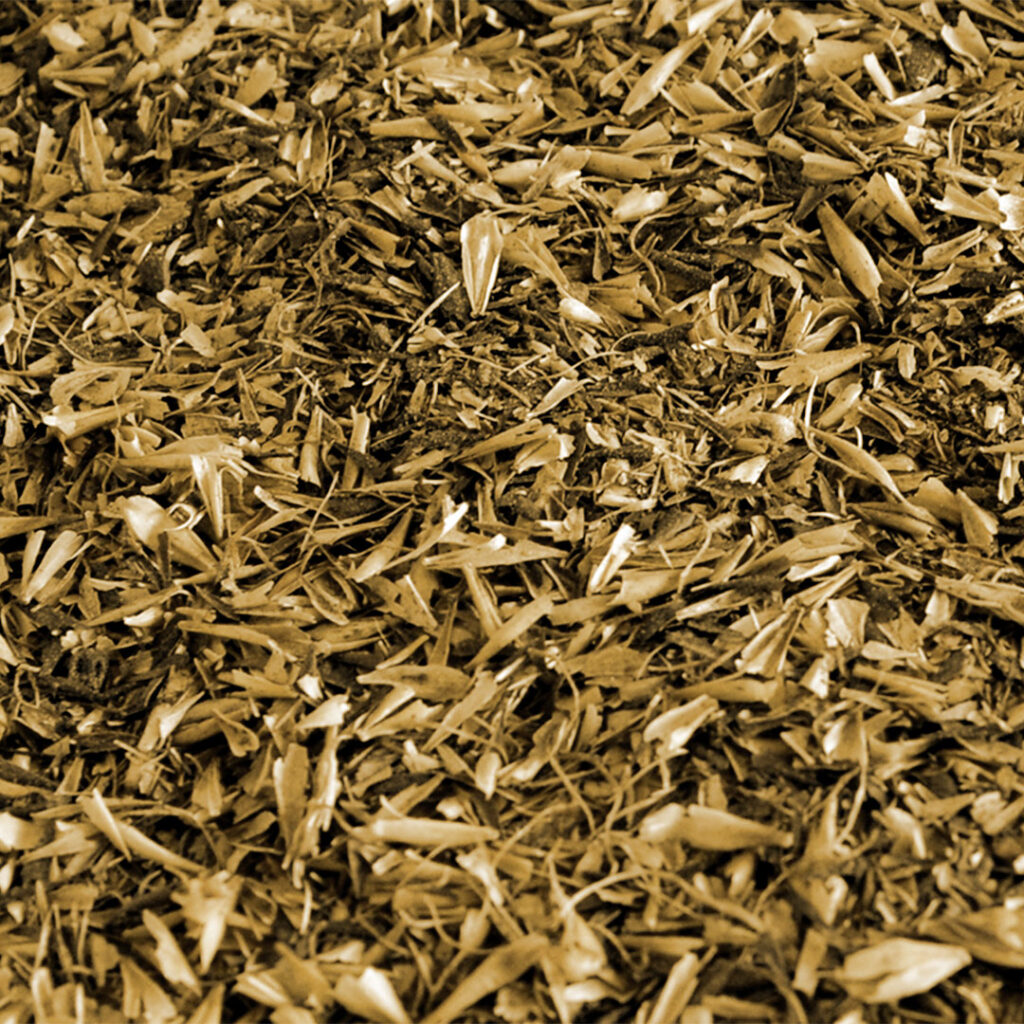
Malt dust
We efficiently repurpose residual materials such as chaff, husk, and rootlets collected from our germination avenue, roaster, and bagging line to produce malt dust. This by-product serves as an excellent resource for biogas production at specialized facilities.
Protein > 12%
Fat 0%
Water 6%

